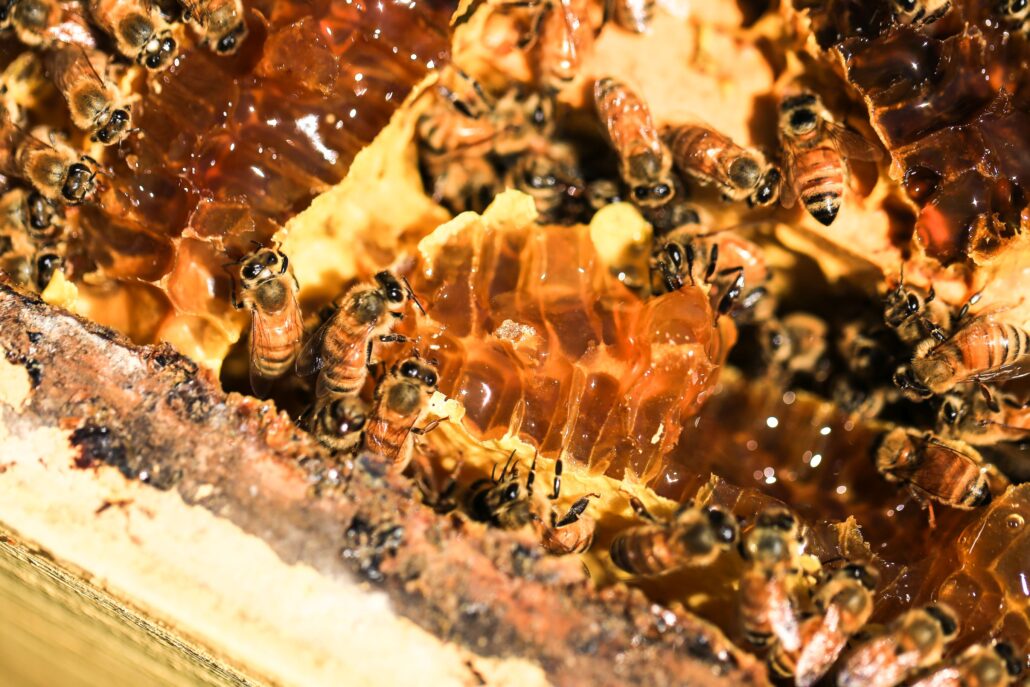Authentic, raw Manuka honey crystallises — and that is perfectly normal. Crystallisation is a natural process that changes texture and colour but not the quality or authenticity of the honey. Many consumers of raw honey appreciate the spreadability and full flavour of partially crystallised honey.
Honey is an oversaturated sugar solution (typically >70% sugars, <20% water). At hive temperature (~35 °C), sugars remain dissolved; at lower temperatures glucose tends to crystallise, while fructose stays liquid. This explains why honey gradually thickens and may appear lighter when crystals form.
The exact crystallisation behaviour depends on the sugar ratio (fructose/glucose), temperature, time, and floral origin. Batches from different regions of New Zealand therefore sometimes show different crystal sizes and speeds.

What determines crystallisation speed?
- Glucose vs. fructose — glucose is less soluble and crystallises earlier; fructose remains liquid longer.
- Temperature — outside the hive (below ~35 °C) crystallisation becomes more likely; storage temperature also affects crystal size.
- Origin and flora — nectar profile by region influences both speed and fineness of crystals.
Note: Light crystallisation may make honey appear paler or cloudy, as glucose crystals are white. This is not a quality loss but a natural sign of raw honey.
Crystallisation at a glance| Aspect | Slow / minimal crystallisation | Fast / more crystallisation |
|---|---|---|
| Sugar profile | Relatively higher fructose | Relatively higher glucose |
| Texture | Remains liquid longer, gradual thickening | Thickens faster, grainy to fine-creamy |
| Appearance | Clear/amber | Lighter/cloudy due to white glucose crystals |
| Temperature effect | Warmer storage → slower crystallisation | Cooler storage → faster crystallisation |
| Batch/origin | Smaller variation by region | Regional differences in size/speed of crystals |
Raw vs. “creamed” honey
Raw Manuka honey crystallises spontaneously; crystal size and speed depend naturally on the batch. Creamed honey steers this process mechanically (stirring/adding seed honey at ~16–18 °C) to produce very fine, uniform crystals and a consistently smooth texture.
Raw honey is cold-extracted and lightly filtered (never heated), preserving its natural character. Creaming usually involves intensive mixing; industry methods such as pressure filtration/pasteurisation may further uniformise texture but alter the product more strongly.
[/col]
